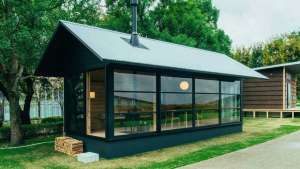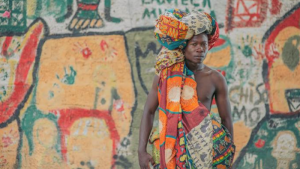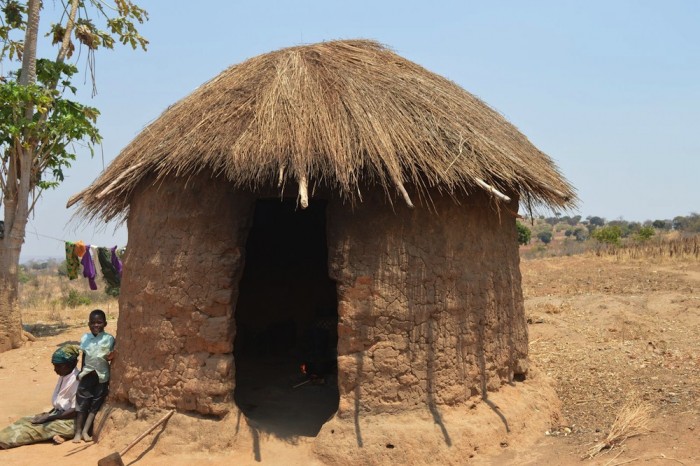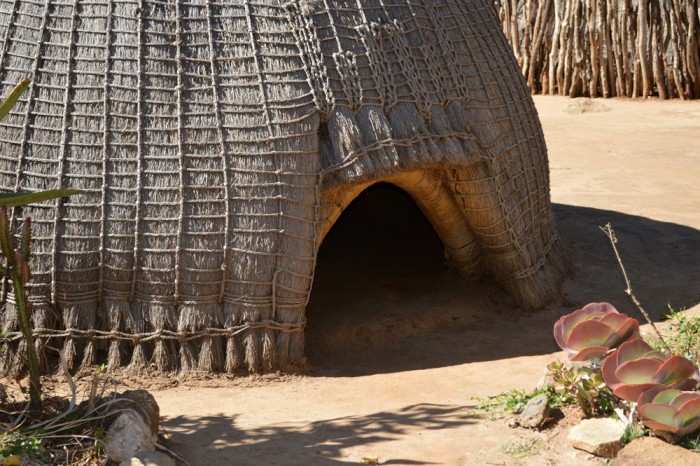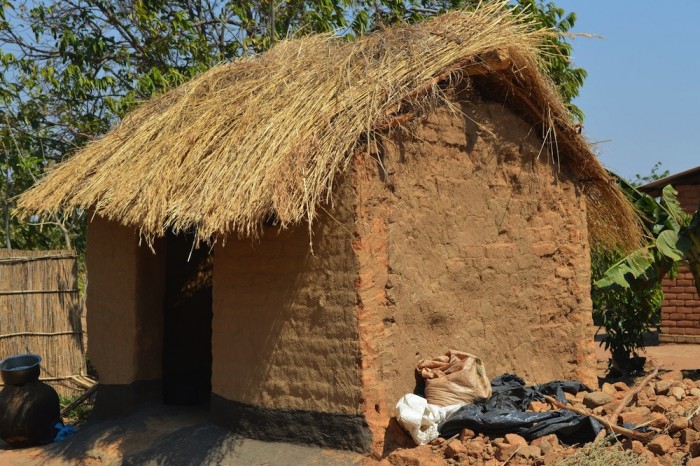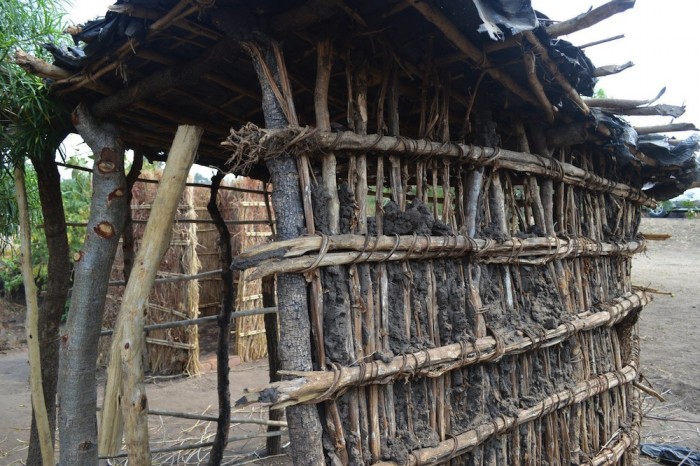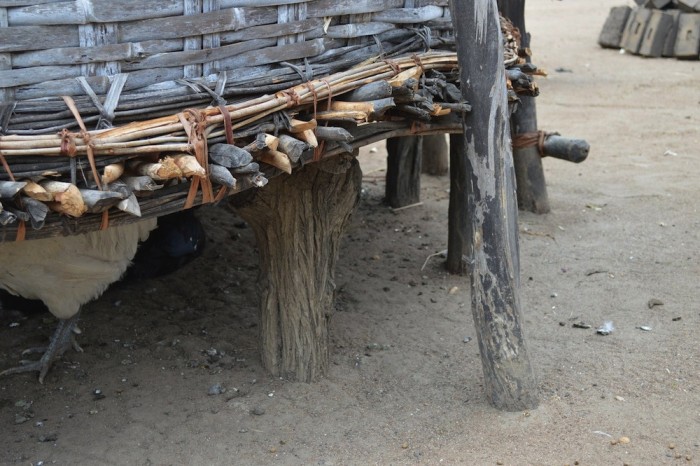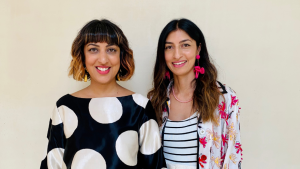From the Series
American architect Jon (Twingi) Sojkowski is putting together an online database that will uncover and celebrate the beauty and creativity of vernacular architecture across the continent of Africa, and help to disprove the negative perceptions that pervade about vernacular methods.
Sojkowski’s interest in African vernacular architecture began when he was living in a mud hut in Zambia as a volunteer member of the Peace Corps in 1995. For two years he lived sheltered by a thatched roof and mud walls, and he marveled at the thermal comfort it provided.
Sojkowski soon noticed that there was very little information available regarding African vernacular architecture, and set off on a journey to collect images and information that he could share. The database would not only fill the information-void: Sojkowski hoped that it would also help tackle the negative perceptions that surrounded vernacular techniques in Africa.
“Unfortunately, a myth exists that African vernacular architecture is sub-standard, temporary or for the poor. Part of the reason why these negative perspectives exist is peoples lack of knowledge of these structures,” says Sojkowski.
“Even in western societies, people imagine mud huts in Africa as being dilapidated, small structures. I am trying to show that there is such diversity and beauty and practicality in these structures.”
Materials used in vernacular architecture come from what the land provides – mud, thatch, wood, bamboo, stones, reeds and rocks – and the methods of construction vary with the different cultures. The majority of Africa’s population lives in rural areas, in structures made from these materials. Their building techniques have been used for generations, and are both sustainable and beautiful.
“Once there is awareness, there comes appreciation. And once there is a appreciation there comes a value. And people will let go of these negative perceptions.”
In 1997, Sojkowski documented the local architecture of Zambia. While there he amassed a collection of sketches, photographs and 3d models. In 2014, he crowd-funded a second reconnaissance trip to Malawi and, briefly, Swaziland. Sojkowski collected over 4000 photographs in Malawi, where he noticed a sad rejection of vernacular methods.
“Architecture is a major part of a countries culture and in Malawi, as in many African countries, it is disappearing,” says Sojkowski.
The opinion among rural Malawians is that western building techniques are a sign of status.
“One of the perceptions in Malawi is that burnt brick walls and metal roofs are better than traditional building methods. But the amount of wood used to burn the bricks in the kilns is staggering and Malawi has a huge deforestation problem right now. When we stopped at these villages to interview people they showed us rammed-earth mud houses that had been up for 30 years. And it doesn’t need any wood for the walls.”
“Everyone wants a metal roof – so they don’t have to re-thatch every year. But if you do a thatch roof properly they last for 50 years,” says Sojkowski. “The metal sheets are so thin. I’d see people riding around on bicycles carrying the metal sheets, and because they are so thin the heat comes right through them. It is hot as hell inside. There are no thermal characteristics. But even though people know this, they think it is a status symbol.”
Sojkowski is based in South Carolina, United States. To date, he has made trips to Zambia, Swaziland and Malawi to collect research on the architecture there. Though he hopes to go on further information-gathering trips, he plans to grow his database through submissions of images from the public.
To this end, Sojkowski has recently launched an app to partner the African Vernacular Architecture database. The app allows anyone to upload a photograph with a description to the online database.

